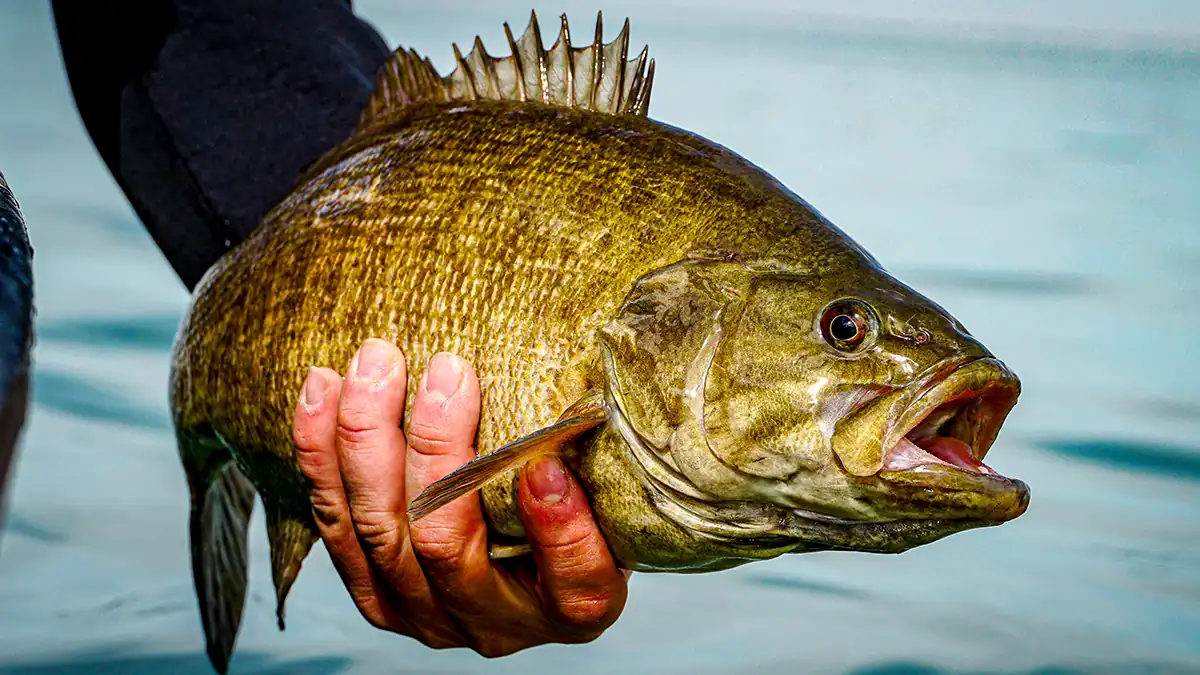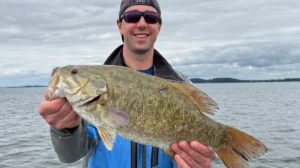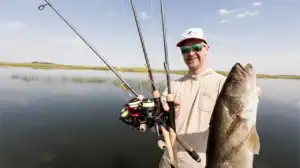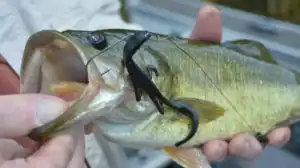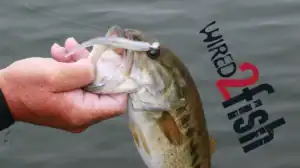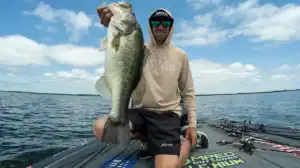Since time on earth has begun, animals of all species have migrated to different parts of the globe. Some are long, treacherous journeys, while others are short and sweet. For many species, it symbolizes new life, seasonal changes or better feeding conditions. Migration is something that has been going on for millions of years. Times are changing, especially within our environment, but that doesn’t stop species from migrating.
Many species of fish travel far and wide throughout our lakes, rivers, streams and oceans to seek various favorable conditions. But why do they migrate? What makes them travel these distances? Is it instinct or environmental factors that cause it? There’s many different factors that go into fish migrations. It’s something you should consider when you’re on the water throughout the year.
What is Migration?
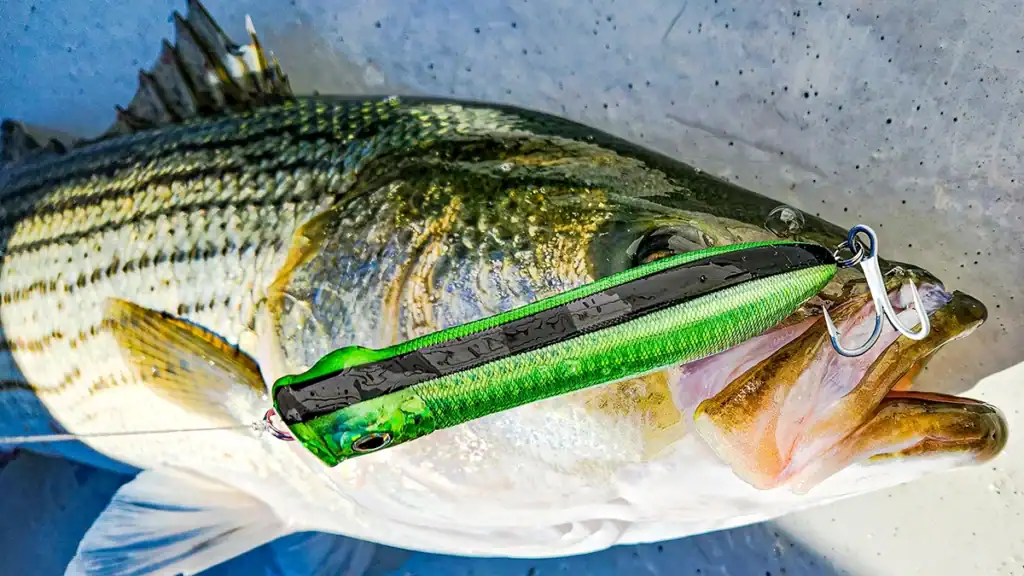
Webster’s dictionary describes migrating as “to pass usually periodically from one region or climate to another for feeding or breeding.” Animals of all species usually have some sort of migration pattern in their lifespan, whether it’s a few hundred yards or thousands of miles. Usually, animals have a survival instinct to migrate to help preserve their life or their species — call it reproductive migration. Very rarely do you see creatures stay in one area their entire lives.
Of all the animal species in the world, I feel like fish are some of the most recognizable migrators. Whether it’s for food, breeding, or change of climate, fish are always swimming somewhere. When people think of fish that migrate, they think of the ocean’s salmon, tuna or striped bass. In reality, your local bass and bluegills migrate too, just not at the same level. Here are a few of the main reasons why fish migrate throughout the world.
Spawning
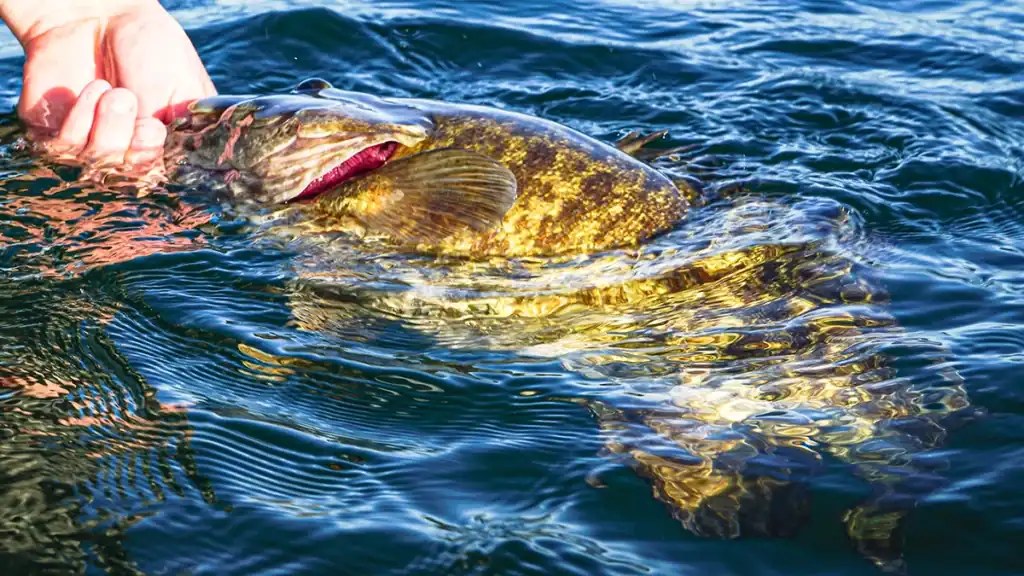
This is arguably the most important reason why animals migrate. Most freshwater fish species are hatched in small streams or feeder creeks, then return to the big waters of oceans or lakes. But at certain times of year, mostly in the spring or fall, these fish species return to those smaller streams, dams and creeks to repeat the cycle. Notably are the salmonid species like king salmon, brown trout, and steelhead — and, of course, anadromous fish like striped bass.
Surprisingly enough, smallmouth bass do the very same thing in the spring on the Great Lakes. Since a surprising number of big-body lakes have almost no spawning areas for bass, these fish travel into the tributaries to spawn. It is the most protected area within these expansive lakes where bass can spawn. But in these lakes the distance between tributaries is impressive, so these fish travel a long way to make sure they can spawn.
Forage
In plenty of instances, fish migrate to follow the food sources. Many forage species like mullet, menhaden or herring make their own annual pilgrimage into creeks, rivers or nearshore waters to spawn. Following them are big hungry predatory fish. Predator fish are there mainly to gorge on the baitfish. Normally, anglers can expect this to happen in the fall, but that’s not a rigid rule. In many parts of the country at different times of the year, gamefish are likely following and harassing a mass of baitfish somewhere in the fresh or salt.
Changing Seasons
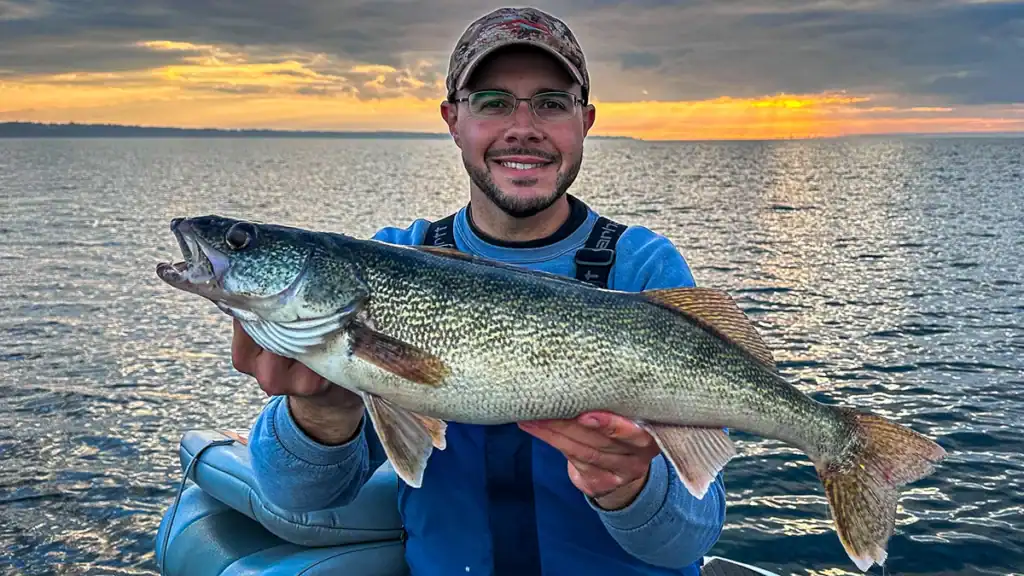
As temperatures fluctuate throughout the year and seasons change, this can alter how and where fish migrate. Some fish migrate at the same time every single year, while others might stay in a single place longer depending on water temperature. Not every species migrates at the same time, making for different fishing opportunities throughout the calendar year.
The different environmental parameters of each season all play a significant role as to when certain species decide to migrate. For example, some anglers have noticed that walleye move to the shallows when the water temperatures hit the 40s and 50s, particularly during the spring spawn. In the summer, they’ll find shelter in deeper water, but often head into shallower areas in the fall as water temperatures drop.
Factors That Determine Fish Movements
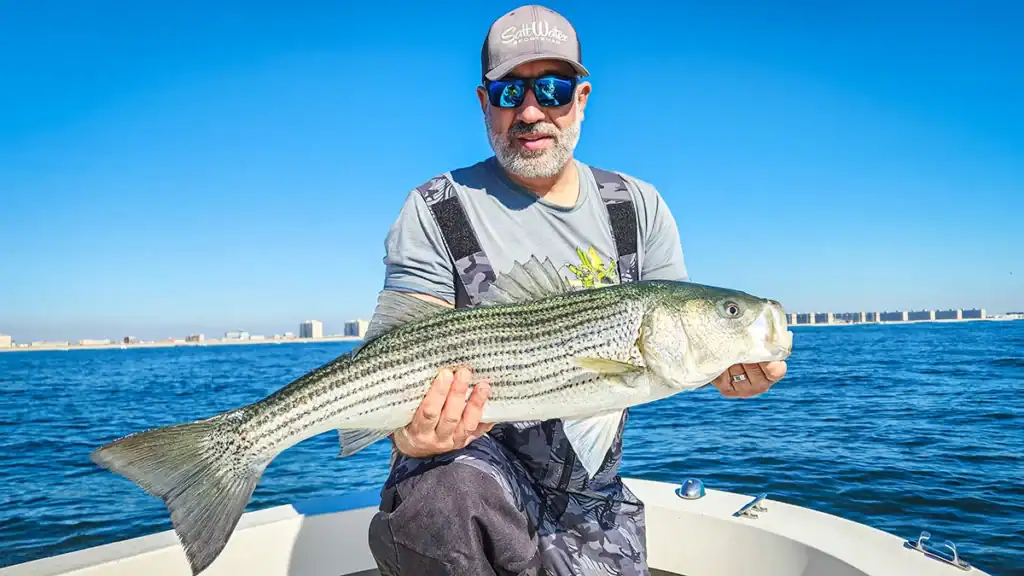
While there are many reasons for fish migrations, what’s most important are the environmental parameters occurring during each season. Each condition — such as spring rains or shorter fall days with less sunlight — has a specific role driving each species toward migration. For example, the saltwater snook species heads toward passes and inlets during the hot summer months. These areas allow the tides to move fertilized eggs into backwaters on an incoming tide. Snook can spawn in these areas for weeks at a time.
It’s important to check your weather sources so you can see trends in certain conditions. This will help you time certain fish migrations. Ideal conditions produce the hottest bite for whatever species you’re targeting. Here are two vital parameters you need to keep on your radar as an angler.
Moon Phases
This is something that is often overlooked by the average angler, but it’s one of the most important. Moon phases often drive different migration cycles, whether it’s signaling fish to move up to spawn, an important tide cycle, or even driving a specific invertebrate to hatch. Be aware of the full moon nights. This is what drives many species to move into their spawning areas, as well as start their journey to areas to spawn or feed.
Water Temperature
Most fish species have genetic light switches when it comes to migrating. Usually, it’s water temperatures that trigger those switches. Any single degree change, up or down, could push fish to start their migrations. A single degree can push certain fish to make drastic changes in where they’re located.
Fish often make significant migrations year after year. Understanding fish movements throughout their migration can lead to timing bites perfectly. Just about all fish are different, so anglers need to research the species they target. We have outlined some important factors to consider. Hopefully this creates a better understanding of how fish move to better help future fishing trips.
